Homemade Remedies for Pests and Diseases of Edible Plants
Growing your own edible plants at home is not always as easy as it looks. Many a times, home gardeners may encounter pests and diseases that attack or eat up their hard work. They then face the dilemma of whether to apply chemical pesticides or fungicides on their edible plants, worrying that these strong chemicals may be accidentally ingested subsequently.
Fear not, there are many safe remedies that can be made using everyday ingredients and items or simple household products that you may already have at home. Here are some recipes to make safe and effective treatments for your edible plants, and even for your other houseplants!
For Fungi and Powdery Mildew
Fungal diseases often cause the browning of plant parts, rotting, and eventually, death of the plant.
Baking Powder Spray
Baking powder consists of sodium bicarbonate which can increase the pH of the surface where the fungus may grow (making it more alkaline) – an alkaline condition helps to prevent the onset of fungal diseases such as powdery mildew.
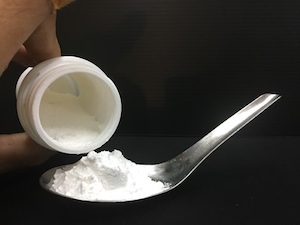
|
Ingredients: |
Steps: |
|
|
Cinnamon Powder
Cinnamon powder contains anti-fungal substances which makes it suitable for use as a natural fungicide in the garden. It can be applied to exposed plant parts, such as those created when making stem cuttings, to protect the plants against fungal diseases.
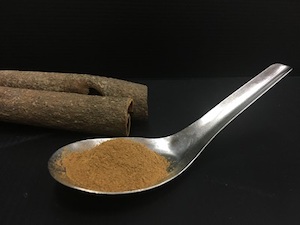
|
Ingredients: |
Steps: |
|
|
Dilute Milk Solution Spray
Similar to baking powder and cinnamon, dilute milk can be used as a fungicide.
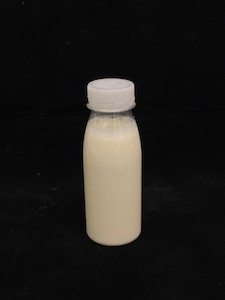
|
Ingredients: |
Steps: |
|
|
For Snails and Slugs
Snails and slugs often chew on the tender parts of plants such as new leaves and shoots, causing damage to the growing tips and leaving chew marks on leaves. They are often active when the weather is cool and moist.
Yeast Bait
Trap snails and slugs using a yeast bait-and-pitfall trap to attract them.
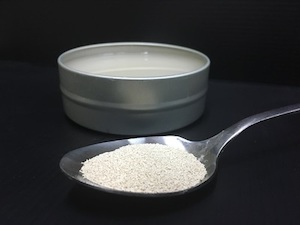
|
Ingredients: |
Steps: |
|
|
For Chewing and Sap-sucking Insects
Insects such as beetles and caterpillars often attack plants by chewing on the tender parts and leave chew marks and holes behind, while sap-sucking insects such as aphids and mealybugs puncture the plant tissues to suck plant sap. If left unattended, entire plants may be defoliated or eaten up, and/or decline drastically in health, resulting in death of the plants. The remedies below help to deter insects from attacking your plants.
Chrysanthemum Spray
Chrysanthemums contain naturally occurring substances known as pyrethrins which are toxic to insects.
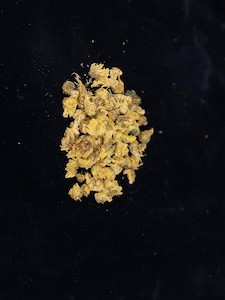
|
Ingredients: |
Steps: |
|
|
Onion, Garlic, and Chilli Spray
Onion, garlic and chilli contain compounds which help to repel most insect pests.
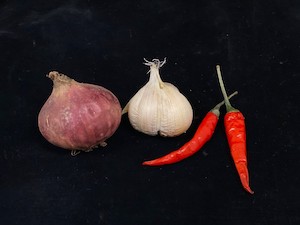
|
Ingredients: |
Steps: |
|
|
Castile Soap Spray
Made from vegetable oils and other plant-based extracts, castile soap is very versatile as it can be used as bath soap and also as a pesticide. It works against insects by dissolving their exoskeletons and causing them to dry out.
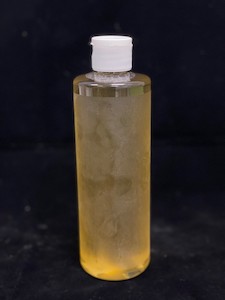
|
Ingredients: |
Steps: |
|
|
Do also check out our Gardening Resources page where you can find many interesting and useful articles and resources to help you in your gardening journey:
Gardeners’ Day Out Is Back!
Participate from the comfort of your home with online activities such as talks and demonstrations, video tutorials of activities and promotions offered. Free guided tours will also be offered on site (with safe management measures). Enjoy Gardeners’ Day Out online at www.nparks.gov.sg/GDO.
You can also enjoy our Gardening With Edibles Masterclass Series from your home. They are conducted by NParks horticulturists, focusing on unique and challenging edibles across different plant families.
CIB Awards 2021
The Community in Bloom (CIB) Awards recognises excellence in gardening efforts by community groups and aims to encourage community gardeners to improve the standards of their gardens while continuing to enjoy gardening as a fun and healthy activity.
This year, the CIB Award focuses on community gardens in schools and organisations, as well as a new category of indoor gardens. Click here for more information.
Gardening with Edibles
The City in Nature vision seeks to bring greenery closer to all residents. The community plays a key role in the ownership and stewardship for nature which will benefit our health and well-being.
NParks is partnering residents to make Singapore our City in Nature and spark a love for community gardening through the Gardening with Edibles initiative launched in June 2020. Under this programme, some 400,000 free seed packets have been distributed to interested members of the public. Relevant resources are also available online, to guide gardeners along the way.
Also, NParks is expanding the allotment gardening scheme and the Community in Bloom programme, to welcome even more residents into the gardening family.
The Gardening with Edibles initiative is aligned with Singapore’s national strategy to strengthen our food resilience. The “30 by 30” goal, led by the Singapore Food Agency, aims to produce 30% of Singapore’s nutritional needs locally by the year 2030. The programme is jointly funded by founding partners DBS Bank and Tote Board through the Garden City Fund.
Learning More
If you are a gardening newbie, visit NParksSG, our refreshed YouTube Channel that serves as a one-stop repository for close to 300 video resources. It covers topics ranging from types of soil needed for your garden and how to plant, harvest and even cook your edibles.
For more information about the flora and fauna found in Singapore, please visit Flora and Fauna Web.
If you like what you read, follow us on Facebook, Instagram and Telegram to get the latest updates.
Text by Ang Wee Foong
Photos by Ang Wee Foong and Dr Wilson Wong


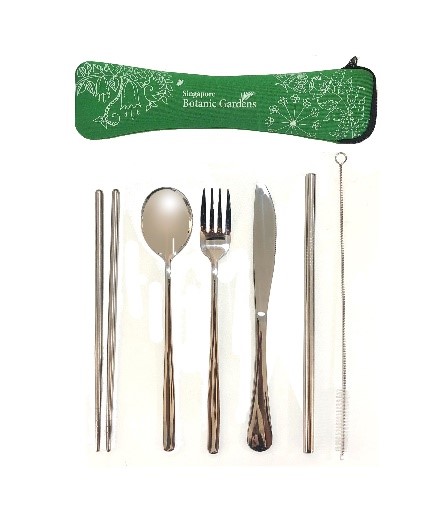
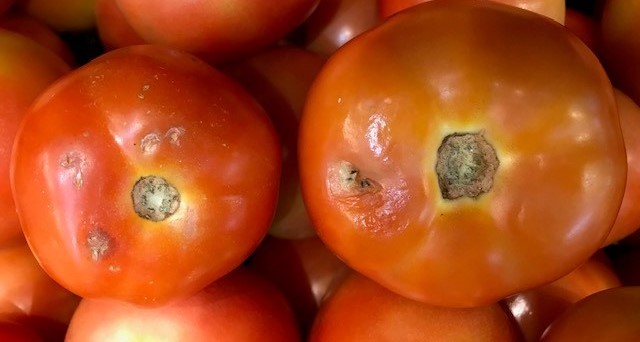
/origanum-vulgare---overall---hp-herbs-gdn.ashx)
Have views or comments on this article? Let us know via this form. If you would like to give us feedback on any other areas relating to our parks and gardens, please submit via https://www.nparks.gov.sg/feedback